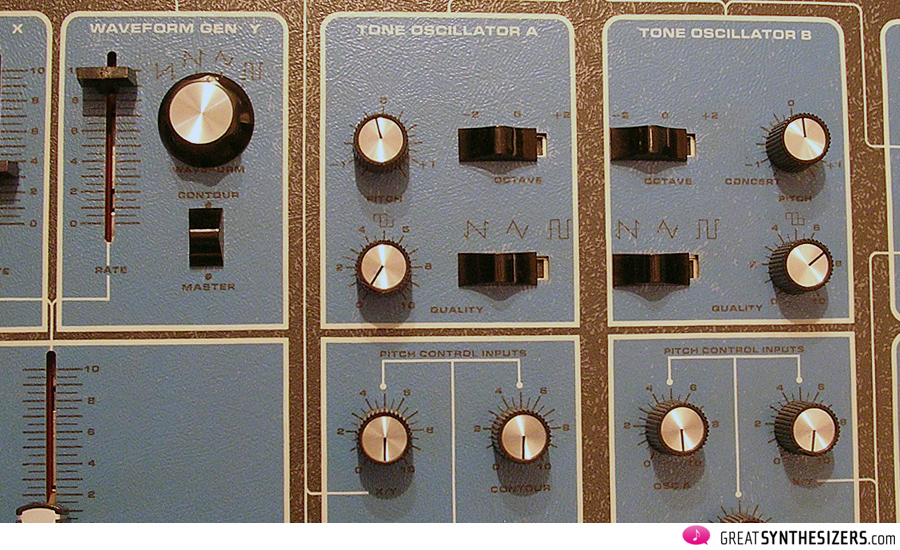
- #Midikit for moog mg1 and sonic six generator
- #Midikit for moog mg1 and sonic six mod
- #Midikit for moog mg1 and sonic six update
The multiple notes of polyphony feed into the single filter, giving a paraphonic result. All of the sound-generating features come together in a mixer allowing the levels for the two monophonic tone sources, noise, bell tone and polyphony to be adjusted independently. Since the polyphony section is independently tunable, it can function as a rudimentary third oscillator, allowing the user to create more complex tones than on similar 2-oscillator synths. The square wave based polyphony section is described as a "cheesy organ sound" by some, and well-used by others. The Polyphonic features of this synth are of particular interest as polyphony was rare in synthesizers of the time. for Radio Shack, a division of Tandy Corporation". It is identifiable by the big "REALISTIC" name in white letters on the back (instead of the letters "MOOG") and the lack of Pitch Bend and Modulation wheels but, in smaller print at the back, it clearly states: "Custom manufactured by Moog Music in U.S.A. Because it was originally distributed in Radio Shack stores instead of specialized music stores, it is easily found and is usually less expensive than a Rogue despite actually offering more. The MG-1 was produced in great quantities for distribution in the consumer market. The Pitch Bend Wheel has no equivalent on the MG-1.
#Midikit for moog mg1 and sonic six mod
The MG-1 has two independent sliders for VCF and VCO modulation instead of the Rogue Mod Wheel. Third, the MG-1 offers "Bell Tone" (AM Modulation of VCO 1 and 2) not found on the Rogue. Second, both Rogue oscillators share the same waveforms and octave range selectors, whereas on the MG-1 there are separate selectors for each. First, the MG-1 power supply is internal, whereas on the Rogue it is an external wall wart type. Both models share exactly the same plastic casing, but are different machines in many respects.

#Midikit for moog mg1 and sonic six update
An update of Schreiber's Design with Moog's traditional Pitch and Mod wheels added, the Moog developed Rogue also removed the MG-1 polyphonic Tone section. The similar Moog Rogue came after the MG-1.

#Midikit for moog mg1 and sonic six generator
The Envelope Generator can be triggered by either the keyboard, or the LFO. Three-part envelope generator, with separately adjustable Attack and Decay or Release, and selectable Sustain on or off.One 24db/oct low pass filter/ VCF, that can use the envelope generator, has three-position keyboard tracking, and is capable of self oscillation.

Two oscillators with sync & detune, one producing either a Square or Sawtooth waveform, with the other producing either a Pulse or Sawtooth waveform.Schreiber later founded Synthesis Technology and invented the MOTM modular system. David Luce of Moog was involved with the creation. Design Īlthough manufactured by Moog, the MG-1 design was done by Paul Schreiber (then employed by Tandy Systems Development). The Moog Concertmate MG-1 is the most widely owned of all vintage Moog synths, probably because it was produced in large quantities for the Tandy Corporation, and also its relatively low price (at the time) of $499.95. The synthesizer also featured a pair of pass-through RCA jacks, which allowed users to mix radio or records into the final live synthesized sound output. It was produced without some standard Moog features, such as pitch and modulation wheels, as a cost-cutting measure aimed at achieving a lower price for the consumer market. The Realistic Concertmate MG-1 is an analog synthesizer manufactured by Moog Music in 1981 and sold by Radio Shack from 1982 to 1983 under their " Realistic" brand name. JSTOR ( April 2022) ( Learn how and when to remove this template message).

Unsourced material may be challenged and removed.įind sources: "Moog Concertmate MG-1" – news Please help improve this article by adding citations to reliable sources. This article needs additional citations for verification.


 0 kommentar(er)
0 kommentar(er)
